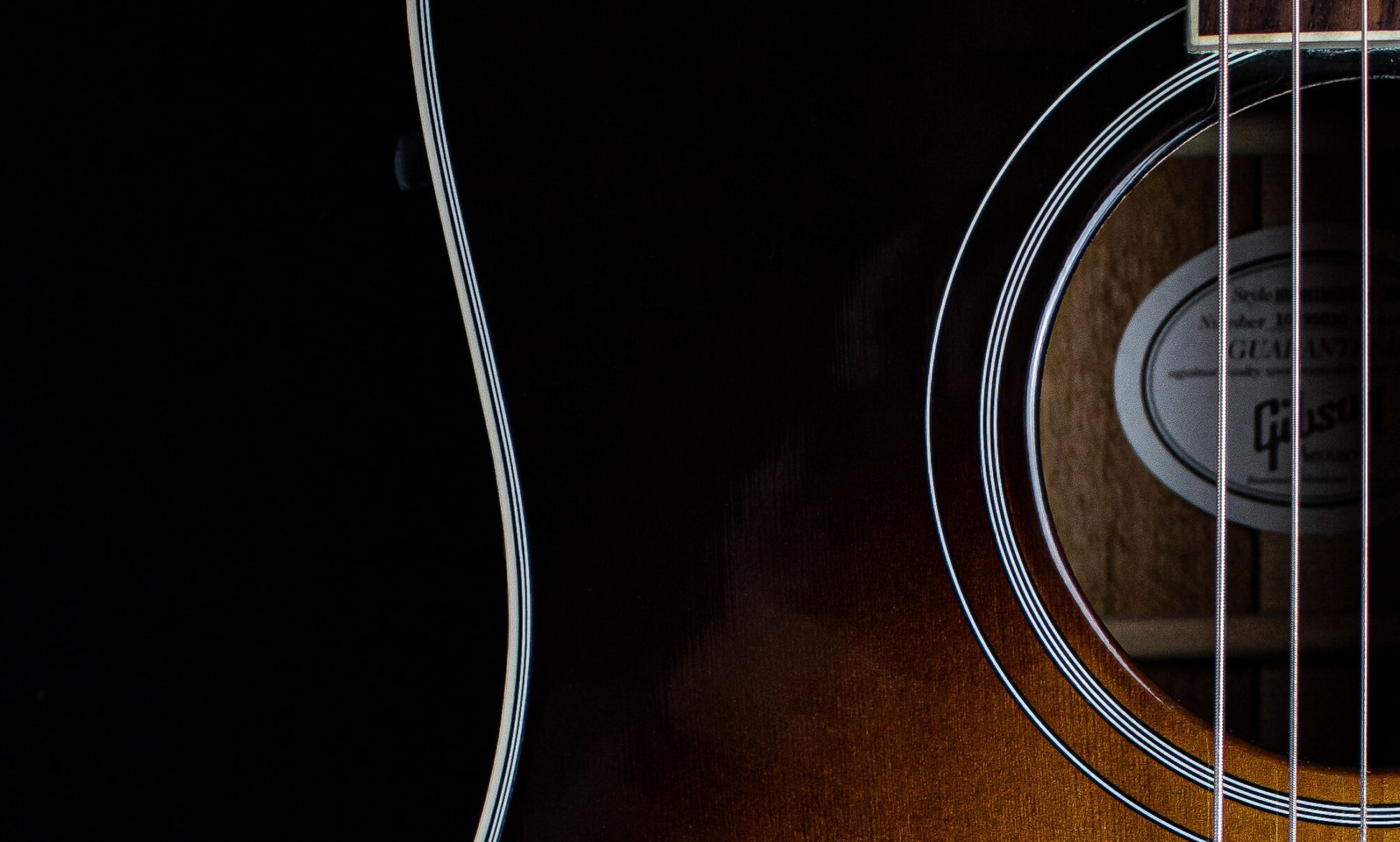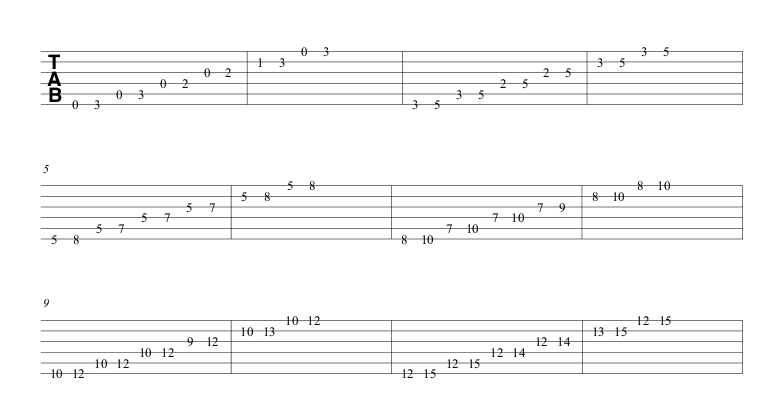Use this practice track for polishing up your A minor chops. You can use A minor pentatonic, A natural minor, or A Dorian (Dorian mode of G major). There’s just one chord, Am7, with an occasional change up. See if you can figure out the chords in the change up. It shouldn’t affect your scale for soloing too much, although there is D chord which has a F sharp in it, so the A dorian would be better suited than the A natural minor over the change up. The A minor pentatonic has neither an F or F sharp, so isn’t affected.
Bass Practice Track – A minor funk
Hi all bass players!
This practice track is for practicing your A minor grooves. Try an A natural minor. You can also try an A dorian or an A minor pentatonic. There is just one chord – Am7!
Enjoy!
Practice Track: Am D9 Funk
Here is a practice track for those wanting to polish up their soloing over a funk style A minor groove. The place to start with soloing over this groove, which alternates between Am7 and D9 is the A minor pentatonic scale. There are six fingerings of the A minor pentatonic scale which cover the entire fretboard. Practice in each of the fingerings until you know them all well, then practice going between pairs of fingerings, until you can play anywhere on the neck of the guitar!
Here are the six fingering patterns – notice that the first is identical to the sixth after making adjustment for the open strings.
The minor pentatonic approach is however just the beginning of what you can do. You can also try A natural and Dorian minor scales. Since Am and D7 are the ii and V chords of the G major scale, you can also use the G major scale. Try working off the A minor seventh and D7 or D9 arpeggios. You might also like to experiment with the B minor pentatonic scale and the E minor pentatonic scale, as both of these scales contain only notes from the G major scale. As always, let your ear be the judge!
Here is the practice track:
Practice track Am7-D9 funk groove
Enjoy!
Practice Track: G minor groove
This practice track is suitable for intermediate guitar players interested in rock, funk and blues grooves, and is especially good for practicing the G minor pentatonic scale. A distinctive feature of blues and blues derived styles is the use of the bend: try to get some bends happening on the b3rd (Bb), the 4th (C) and b7th (F). Use your ear and bend till it sounds good! There are just two chords, Gm7 and C9: Here is the practice track, with just drums and guitar. Use it for practicing lead guitar or bass.
Here is the practice track, with just drums and guitar. Use it for practicing lead guitar or bass.
Gm7-C9_groove_Rhythm Guitar_Drums
After playing with the above track, try the following track, which adds a bass line. How does this change what you play?
Gm7-C9_groove_Bass_Rhythm Guitar_Drums
Finally you may care to listen to the following version, which adds a lead guitar riff. Practice playing in the ‘gaps’ left by the riff, or try to play the riff or a harmony line. The riff drops away after 16 bars, leaving you 16 bars to play on your own, then comes back for16 bars. Once again, how does this change what you play?
Gm7-C9_groove_Riff_Bass_Rhythm Guitar_Drums
Have fun!
Rob
Practice Track: Am7&E7
This practice track is suitable for beginning and intermediate guitar and bass players, in a funk – rock style. Here is the chord chart: There are many ways to tackle playing over the progression, here are a few suggestions for Guitarists.
There are many ways to tackle playing over the progression, here are a few suggestions for Guitarists.
- Am blues scale
- A natural minor over Am, and A harmonic minor over E7
- A natural minor over Am, and E Myxolydian (A major) over E7
- Am pentatonic or blues scale over Am, and Bm pentatonic over E7
For bass players:
- Use tonics and octaves for each chord
- Use 1 and flat 7 for each chord (G&A for Am7), (D&E for E7)
- Use 1, flat 7 and 5 for each chord (A,G,E for Am7), (B,D,E for E7)
- Am pentatonic scale
- Am pentatonic for Am7; Bm Pentatonic for E7
- Am7 arpeggio for Am7; E7 arpeggio for E7
- As 3, but add passing notes from A natural minor (Am7) or A harmonic minor (E7)
You can play the track from the following link:
[audio:http://www.robsguitarschool.com/wordpress/wp-content/uploads/2011/01/AmE7.mp3|titles=AmE7]Have fun!

